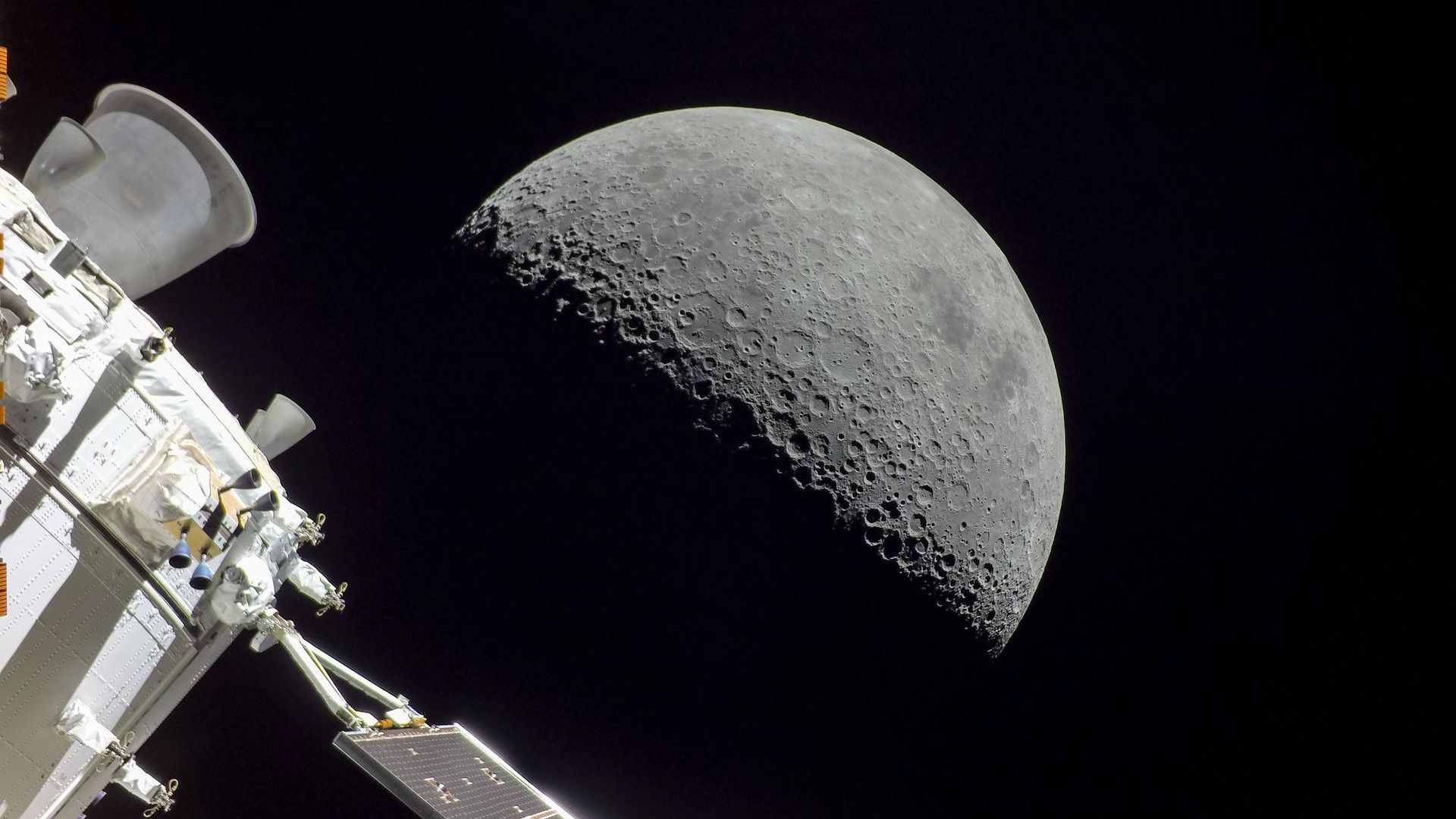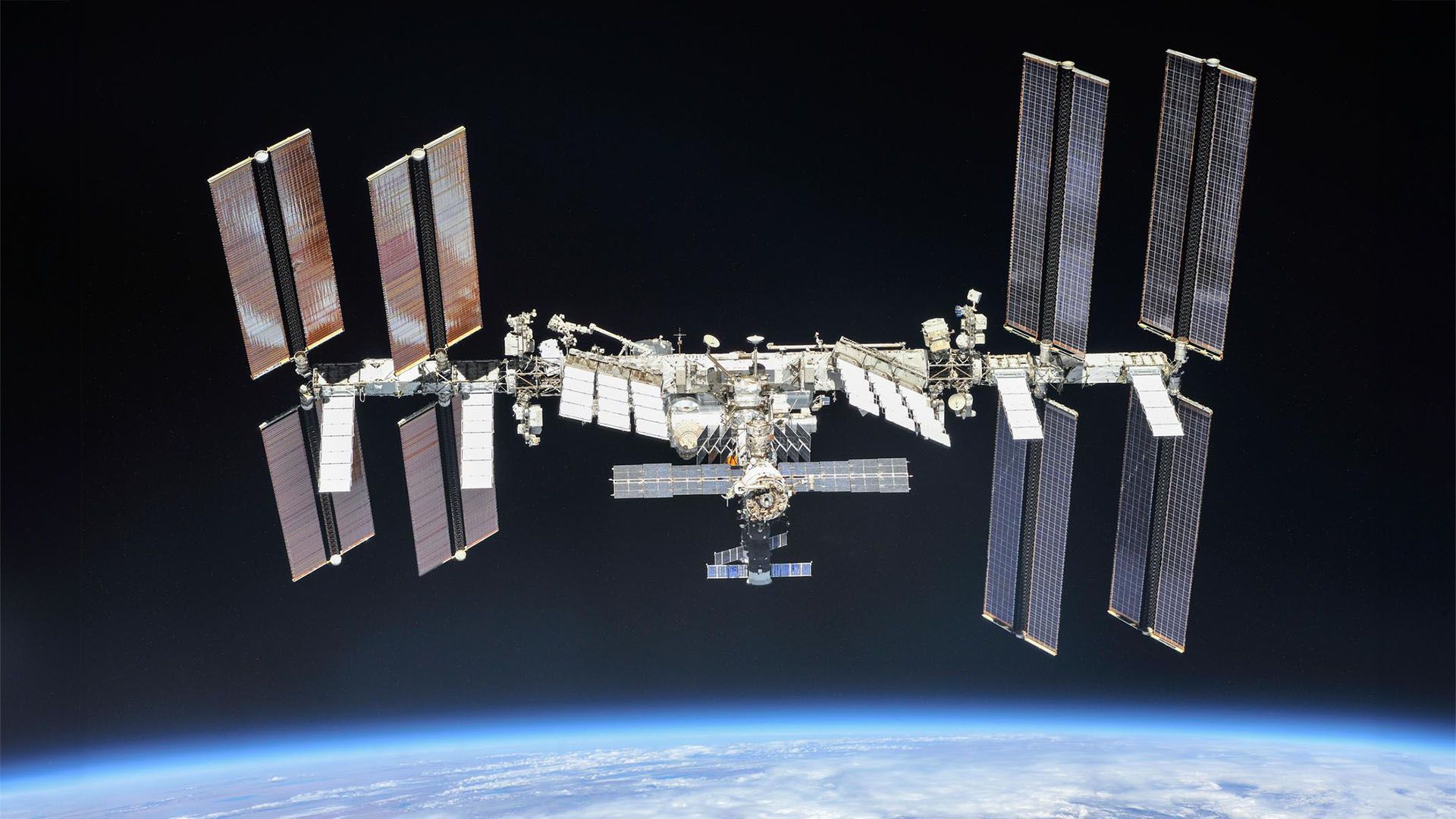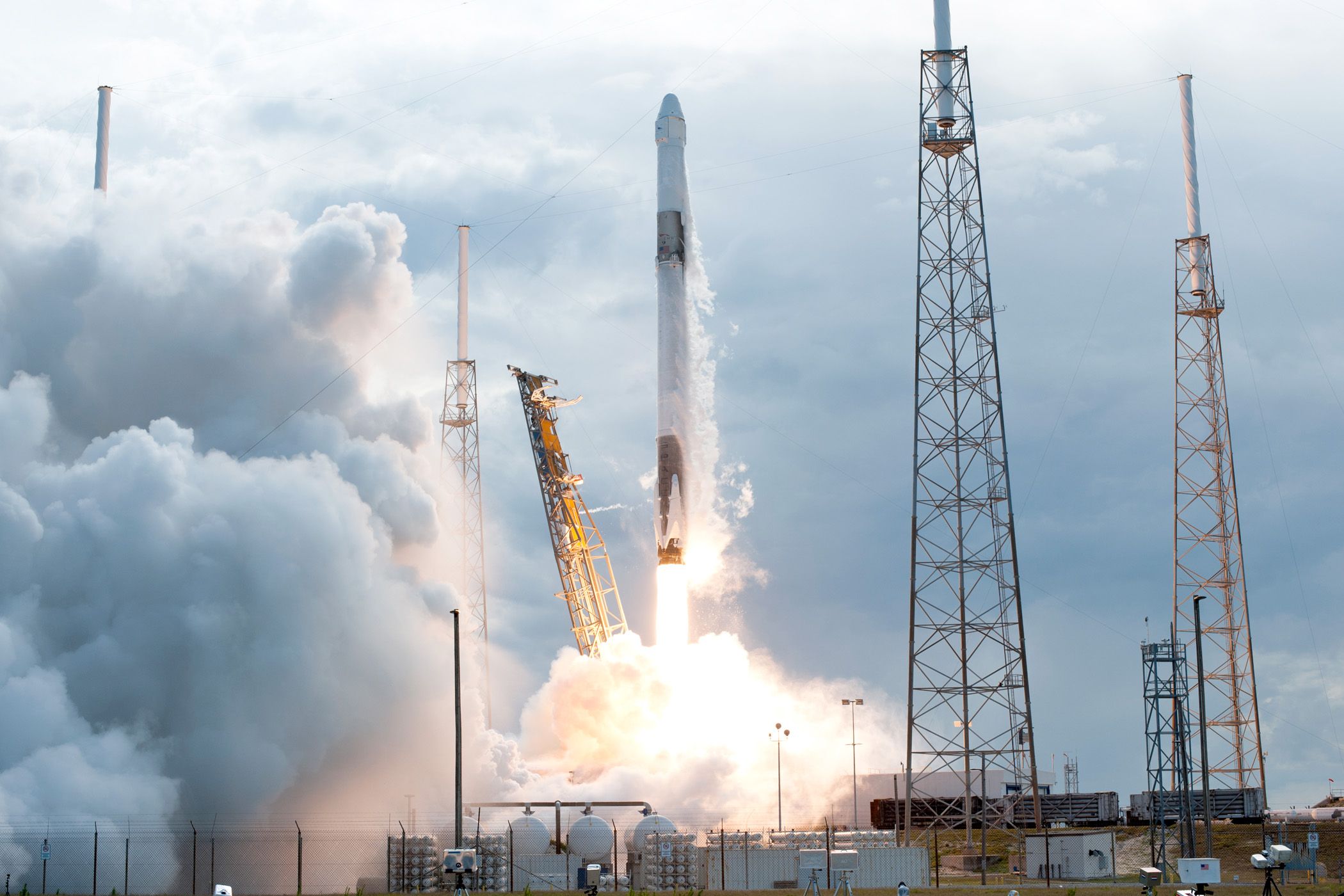In 2001, Dennis Tito became the first space tourist in human history, the first human to visit space purely because they wanted to and could afford it. I’d love to be in his shoes one day, but how likely is it that we’ll be able to tour space in our lifetime? What will it even look like?
What Future Space Tourism Might Look Like
Space tourism isn’t exactly something we can only expect to see in the future. It’s already a thing, as made evident by Dennis Tito. There have been a number of people who have gone to space as tourists since 2001. Some of them simply rode in a shuttle and orbited the Earth for a while. Some individuals, like Tito, actually set foot on the International Space Station.
Realistically, space tourism is likely to look similar for the next several decades, maybe even the next century. It will likely entail tourists riding a spacecraft and orbiting the Earth a few times, sort of like helicopter rides at vacation destinations. However, it’s also possible that someone will make a space station dedicated to tourism in the future, a space hotel if you will. If that happens, tourists might get to spend a few days in space before going back home.
In the significantly further future, space tourism could include trips to other celestial bodies. Maybe one day, tourists will be able to walk the surface of the Moon or even Mars, no different from visiting a beach in the tropics. That could happen even before we actually colonize another planet or moon, but it’s more likely that such a form of space tourism would only exist after that.
Bear in mind though, that this is just speculation, and for some of these potential futures, it would be many, many decades before it becomes a regular occurrence. As for how feasible it all is, clearly, the type of space tourism that Dennis Tito did is possible, and will continue to be possible in the future. Unfortunately, just because it’s possible doesn’t mean it’ll be readily available to average people like us.
Space Tourism Will Be A Thing For Some People
Don’t get me wrong, I’m not saying that space tourism won’t exist at all in the future. There are plenty of companies pursuing mainstream space tourism right now, including SpaceX, Virgin Galactic, and Blue Origin. However, space tourism will likely exist much in the same way that private jets and garages full of luxury cars do—as something only the privileged and wealthy have access to.
This isn’t necessarily because the hugely wealthy are trying to gate keep the experience from us. The simple reality is that space travel is very expensive. Right now, the only feasible way for humans to get manned spacecraft into orbit is through rockets, and nothing about that is cheap. The rocket fuel alone is expensive, but there are many other costs as well, including building and maintaining the rocket and attached spacecraft, the wages and training cost of the crew, all required supplies, and more.
The more a rocket weighs, the more fuel it will need to accelerate to escape velocity and make it into Earth orbit, and this means spacecraft taking tourists into the cosmos will probably only take a handful of people at a time as well. Seating will be very selective, and companies that are offering space tourism services will naturally be looking to make a profit, which means their astronomical operation costs are going to be placed on the customers.
For sub-orbital flights, like those offered by Virgin Galactic, the price of admission is $450,000. Bear in mind that a sub-orbital flight doesn’t even actually take you into space proper, it just takes you really high up within Earth’s atmosphere. So that’s half a million dollars just to get close to going to space. For the real deal, you can expect to pay far more than that – the company Axiom Space will supposedly charge you about $55 million to spend a week on the ISS.
For 99% of us, those prices just aren’t feasible. Space tourism exists now and will continue to exist in the future, but the prohibitive cost will prevent it from being realistically attainable for most people. Unless, of course, a much cheaper means of getting into orbit becomes available at some point in the future.
Space Tourism Could Become Affordable if Launch Methods Evolve
The good news is, there are plenty of scientists brainstorming ways to make spaceflight cheaper. The bad news is, none of their proposed methods are viable, at least in the near future. Small objects, like tiny satellites, could feasibly be flung into orbit quite cheaply via a centrifuge system like the one used by Spinlaunch, but that won’t get humans into space alive.
Space elevators have also been a subject of interest for many decades, and, barring the astronomical cost of initially building one, they would make space travel much more affordable for the masses. Unfortunately, unless we make a big leap in material science in the future, humanity doesn’t have anything that could actually support such an ambitious structure.
Society is looking for ways to make spaceflight less expensive overall, of course. SpaceX and their reuseable rockets are a big step forward in cutting costs, simply because new launch craft don’t have to be built with every single launch. Bigger rockets with heavier payloads may lower the overall cost of spaceflight as well, since more weight could be carried into space per launch.
Ultimately, though, unless humanity comes up with a much cheaper alternative to rocket fuel in the near future, not to mention the price of training astronauts, space tourism will probably remain too expensive for the average person. But who knows—maybe we’ll be able to launch manned spacecraft with magnetic acceleration one day, or maybe someone will find a way to synthesize much cheaper fuel.
For now though, I’m sorry to say that regular people like us will probably not be touring the cosmos for our annual vacation anytime soon. Unless you win the lottery, and even then, it still might not be enough to actually cover the cost of a spaceflight tour.
Even though we may not get to leave Earth’s orbit personally, there are still plenty of ways to interact with the great beyond. With the right hardware and a few tips and tricks about stargazing, you can at least admire the beauty of the stars from the comfort of our own planet.







